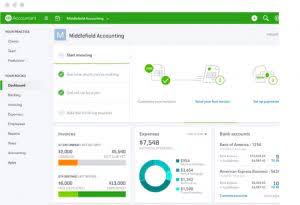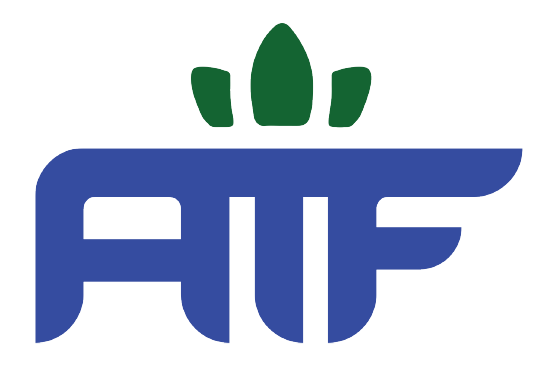
Not only do service companies have no goods to sell, but purely service companies also do not have inventories. If COGS is not listed on a company’s income statement, no deduction can be applied for those costs. For example, the weighted average can result in a lower stock valuation because it doesn’t account for the ebb of sales and replacement of products, nor does it reflect the efficiency of a business. In accounting, the Weighted Average Cost (WAC) method of inventory valuation uses a weighted average to determine the amount that goes into COGS and inventory. The weighted average cost method divides the cost of goods available for sale by the number of units available for sale. Companies frequently use the first in, first out (FIFO) method to determine the cost of goods sold or COGS.
What Type of Companies Are Excluded From a COGS Deduction?
Currency fluctuations can either benefit or harm companies by affecting the cost of imported materials or products sold in foreign markets. Businesses must navigate these economic and political landscapes to manage their cost of goods effectively. Last in, first out (LIFO) is another inventory costing method a company can use to value the cost of goods sold. Instead of selling its oldest inventory first, companies that use the LIFO method sell its newest inventory first. In this method, the cost of the latest products purchased is the first to be expensed as COGS. This includes direct labor cost, direct material cost, and direct factory overheads.
The Consideration of Damaged and Obsolete Inventory

Then, add it to the total cost of the inventory acquired within that period. This includes both the cost of production and/or purchases plus other direct expenses such as transport. Transitioning to the perpetual system, inventory records are updated continuously with each sale or purchase. This system provides real-time data on inventory levels and cost of goods sold, making it easier for businesses to make informed decisions about purchasing and pricing. The perpetual system is typically integrated with point-of-sale and accounting software, providing a seamless flow of information across business operations.
Information Relating to All Cost Allocation Methods, but Specific to Perpetual Inventory Updating
In theory, COGS should include the cost of all inventory that was sold during the accounting period. In practice, however, companies often don’t know exactly which units of inventory were sold. Instead, they rely on accounting methods such as the first in, first out (FIFO) and last in, first out (LIFO) rules to estimate what value cost of goods sold of inventory was actually sold in the period. If the inventory value included in COGS is relatively high, then this will place downward pressure on the company’s gross profit. For this reason, companies sometimes choose accounting methods that will produce a lower COGS figure, in an attempt to boost their reported profitability.
Explore Square and our products

The method works best for companies that sell large numbers of relatively similar products. Cost of goods sold is the term used for manufacturers on their costs spent to produce a product. Cost of sales is typically used by service-only businesses because they cannot list COGS on their income statements. Examples of businesses using the cost of sales are business consultants, attorneys, and doctors. COGS is an important metric on financial statements as it is subtracted from a company’s revenues to determine its gross profit. Gross profit is a profitability measure that evaluates how efficient a company is in managing its labor and supplies in the production process.
- General business expenses, such as marketing, are often incurred regardless of if you sell certain products and are commonly classified as overhead costs.
- Both of these industries can list COGS on their income statements and claim them for tax purposes.
- Selling, general, and administrative (SG&A) expenses are usually put under this category as a separate line item.
- At the time of the second sale of 180 units, the FIFO assumption directs the company to cost out the last 30 units of the beginning inventory, plus 150 of the units that had been purchased for $27.

Thus, the total cost of goods available for sale at the end of January (prior to any calculation of the cost of goods sold) is $1,765,000. For some companies, there are benefits to using the LIFO method for inventory costing. For example, those companies that sell goods that frequently increase in price might use LIFO to achieve a reduction in taxes owed.
Why Is Cost of Goods Sold (COGS) Important?
- As you’ve learned, the perpetual inventory system is updated continuously to reflect the current status of inventory on an ongoing basis.
- However, the salary of the CEO would not be included, as he or she is not directly involved in production.
- It plays a key role in managing cash flow, pricing strategies, and assessing overall financial health.
- This article is for educational purposes and does not constitute legal, financial, or tax advice.
- Cost of goods sold includes any direct costs that a business incurs in the manufacture, purchase and sale or resale of products.
- Bill’s Retail Outlet has a beginning inventory of $100,000 and he purchases $75,000 of goods during the period.
Managers can use this equation to see the amount of inventory that is in stock and able to be sold to customers. While the LIFO inventory valuation method is accepted in the United States, it is considered controversial and prohibited by the International Financial Reporting Standards (IFRS). Charlene Rhinehart is a CPA , CFE, chair of an Illinois CPA Society committee, and has a degree in accounting and finance from DePaul University.


Recent Comments